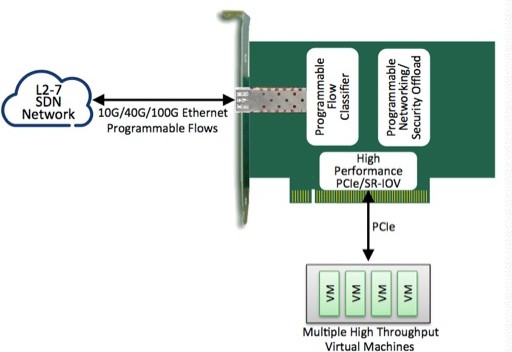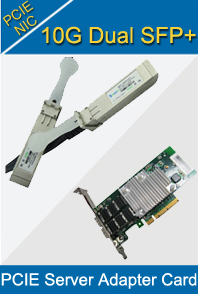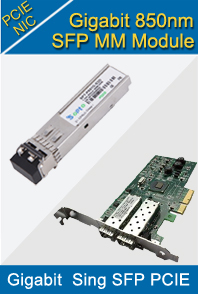-

- Sopto Home
-

- Special Topic
-

- PCI-E Card Knowledge
-

- How about the PCI Express Performance?
PCI-E Card Knowledge
- Info about Network Interface Card Teaming
- How to Setup a Server with Multiple Network Interface Adapters?
- How to Reconnect an Internet Network Adapter for an Acer Aspire?
- 9 Things to Do When Your Internal Network Card Stops Working
- Ethernet Standards NIC for Home Networking
- What Is a Network Interface Adapter?
- How to Configure a Network Interface Card in Linux?
- How should Configure Your NIC for ISA and TMG?
- Recommended Network Card Configuration for Forefront UAG Servers
SOPTO Special Topic
Certificate



Guarantee
Except products belongs to Bargain Shop section, all products are warranted by SOPTO only to purchasers for resale or for use in business or original equipment manufacturer, against defects in workmanship or materials under normal use (consumables, normal tear and wear excluded) for one year after date of purchase from SOPTO, unless otherwise stated...
Return Policies
Defective products will be accepted for exchange, at our discretion, within 14 days from receipt. Buyer might be requested to return the defective products to SOPTO for verification or authorized service location, as SOPTO designated, shipping costs prepaid. .....
Applications

PCI-E NIC Cards provide redundant connectivity to ensure an uninterrupted network connection.
PCI-E NIC Cards are ideal for VM environments with multiple operating systems, requiring shared or dedicated NICs.
They are specially designed for desktop PC clients, servers, and workstations with few PCI Express slots available.
SOPTO Products
- Fiber Optic Transceiver Module
- High Speed Cable
- Fiber Optical Cable
- Fiber Optical Patch Cords
- Splitter CWDM DWDM
- PON Solution
- FTTH Box ODF Closure
- PCI-E Network Card
- Network Cables
- Fiber Optical Adapter
- Fiber Optical Attenuator
- Fiber Media Converter
- PDH Multiplexers
- Protocol Converter
- Digital Video Multiplexer
- Fiber Optical Tools
- Compatible
Related Products
Performance Feature
PCI-E Card Knowledge
Recommended


How about the PCI Express Performance?
Sooner or later PCIe, is going to run out of gas for moving data, as the performance has not kept up with the requirements in some parts of the market, especially technical computing. We have gone from PCIe 1.1, which was originally developed to support the graphics industry with a common card slot and was always planned to be used by all peripherals. The original performance of 250 MB/sec per lane in 2004 was very fast compared to CPU speeds and memory bandwidth at the time, but 4x performance in 2012 means PCIe performance is not scaling with either CPU or memory bandwidth.
We believe that at some point in the not-too-distant future, some vendor is going to place InfiniBand chips on the CPU board, bypassing the PCIe bus. These chips would be connected to HT or QPI channel. The other more likely possibility is that some vendor will develop its open proprietary interconnect. You ask why create a proprietary interconnect? I think the answer is clear: PCIe is not meeting the market needs for technical computing, which requires high-speed communication between thousands of nodes.
.jpg)
If we are going to be able to address the problem, it is not going to be with PCIe. IBM recently announced the P775, which has a proprietary interconnect. Is this the first of a whole series of machines from the vendor community? Of course, only time will tell, but doing critical science with PCIe 4.0, which will have a 2x improvement over PCIe 3.0 arriving sometime in 2016 or so is not going to work for the science community.
There needs to be a much more significant improvement in communication performance combine with new algorithms that will reduce the amount of communication or there will not be significant advances.
We are one of the professional PCIe Server Adapter manufacturers and providers. For more information, please contact a Sopto representative by calling 86-755-36946668, or by sending an email to info@sopto.com.




